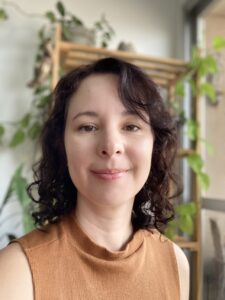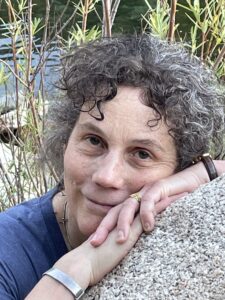Excerpted (by Kevin Lay) from Jo delAmor’s interview of Bayo Akomolafe
What is ‘marronage’?
This act of doing that, of refusing the terms of captivity, is called marronage.
I think we’re grieving today collectively in ways that cannot be set to clock time.
Jo responded. “Yes, actually, that leads into how this concept of time or this structuring of time, this force of linear boxed-in-time, is a product of this larger project I’ve heard you talk about, as like a project of modernity. I was listening to a podcast you did with Ayana Young in For The Wild, where you were talking about the posture that this project of modernity requires of us, a kind of upright forward moving rectilinear posture. Can you explore that a little bit, about what you mean by posture?”
The posture of marronage is scurrying by, is hiding, is squeezing oneself through cracks, is of becoming animal.
If you we stand upright, it’s a function of our intrinsic worth, our divinity divorced from ecology.
Whiteness is white modernity, this whiteness that is jiving and vibing with modernity, the flattening of worlds
DanceAbility is disability: it’s kind of losing yourself. It’s giving your body to forces beyond you, to the excess around you.
We are all in this colonial space together.
Jo asked. “But how do you find that posture that relates to this climate emergency sense of we need to do something … Many of us coming to this work and who are listening to this call are concerned about the world. What might you invite us into in relation to shifting our posture to time and moment?”
A framework of emergency…doesn’t really allow for creative manner of ability.
Rectilinearity, the gait of a proper citizen…is a practice that has been impervious to flows.
And thinking about trauma, there is a sense in which trauma marks the boundaries of the proper subject. It’s political, the way we name trauma, it’s a civilization or a civilizing ethic, this naming of trauma. Our bodies are doing things that we don’t intend for them to do, our bodies cannot be fully contained within the labor camps of the modern, right? We try to contain the outbreak, we try to define it beforehand, to reduce the impact on the labor that we’re doing. And it is labor.
We are laboring in resourcing our separability – that’s what we’re laboring in.
And we are kept within that safety bubble. We’re told that to prevent hegemonic relationships and Imperial relationships, we need to be safe. We need to reduce risk as much as possible and predefine social realities and social spaces before we enter those social spaces. But the stickiness of that is that we find that those relationships we want to avoid repeat themselves because in predetermining how I meet you, prior to meeting you, I might, at my meeting you, become a method, instead of emergence. I might become a voting pushing notion, or investigation or, or a search for conformity instead of an invitation to the open ended-ness of love in its becoming.”
Jo enjoined, “Yeah. Thank you. It feels like an invitation to really just be with what is and be curious about what’s emerging.”
I would say let’s be radically hospitable to the fugitives and cracks.
“We’re confused, we’re not exactly sure where to go, where we spill over without grief. And there is a sense in which all of these things: the cloud, the confusion, the grief, the not knowing, the uncertainty, all of those ways that white modernity cannot resource the individual any longer. Those are the cracks. A psychologist comes and says ‘One year has passed’. Such are the places where becoming monstrous and monstrous time is the invitation to other kinds of time.
There are spaces of doings that open up when we find ourselves in those cracks and openings.
“Thank you Bayo.”
“Thank you, sister. Thank you.”
This article is an edited transcription of a talk given at the Gaian Gathering of the Work That Reconnects Network in November 2023. A video of the full talk is available on the WTR Network website here.
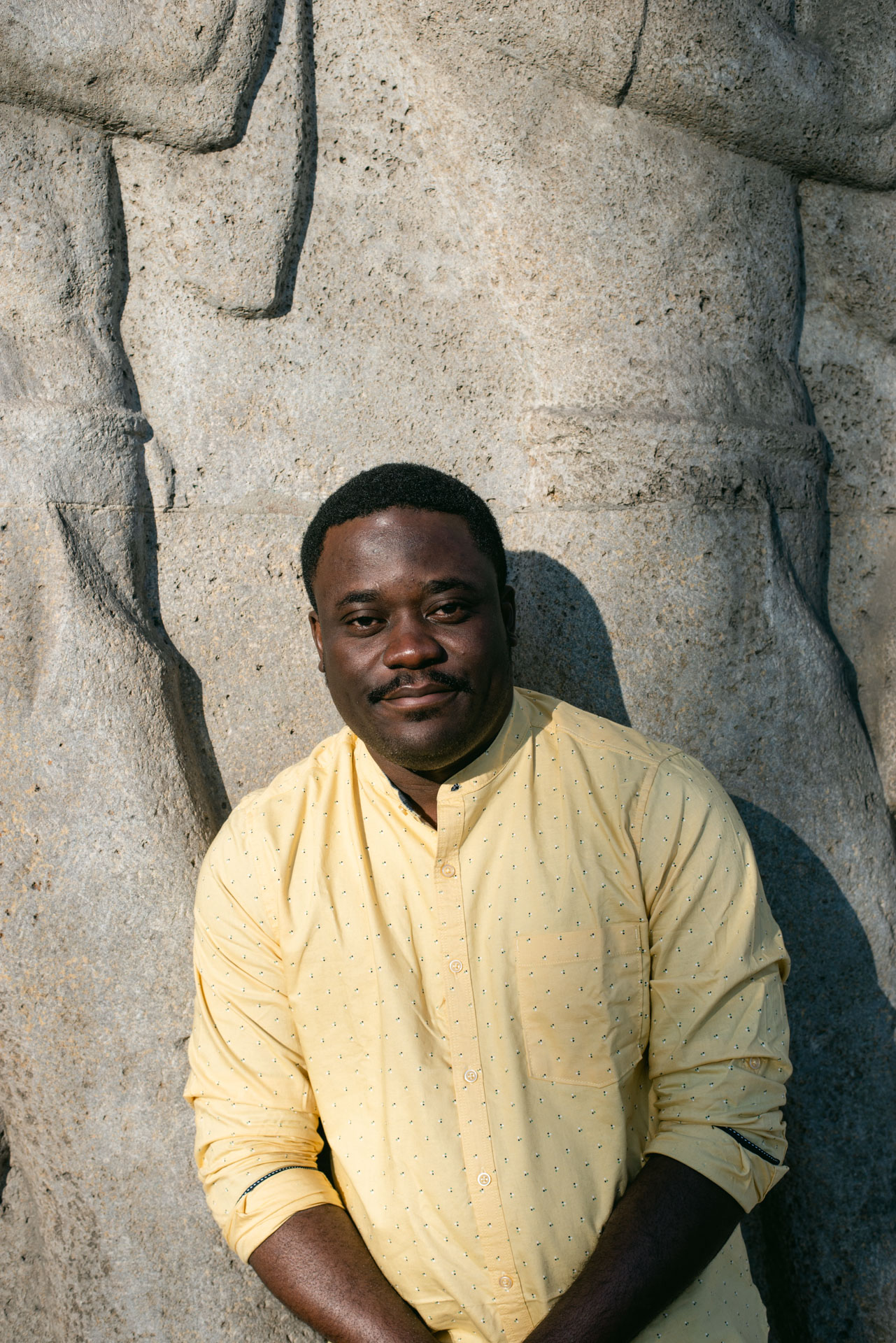 Bayo Akomolafe (Ph.D.), rooted with the Yoruba people in a more-than-human world, is the father to Alethea and Kyah, the grateful life-partner to Ije, son and brother. A widely celebrated international speaker, posthumanist thinker, poet, teacher, public intellectual, essayist, and author of two books, These Wilds Beyond our Fences: Letters to My Daughter on Humanity’s Search for Home (North Atlantic Books) and We Will Tell our Own Story: The Lions of Africa Speak, Bayo Akomolafe is the Founder of The Emergence Network and host of the postactivist course/festival/event, ‘We Will Dance with Mountains’. He currently lectures at Pacifica Graduate Institute, California. See www.bayoakomolafe.net and www.emergencenetwork.org.
Bayo Akomolafe (Ph.D.), rooted with the Yoruba people in a more-than-human world, is the father to Alethea and Kyah, the grateful life-partner to Ije, son and brother. A widely celebrated international speaker, posthumanist thinker, poet, teacher, public intellectual, essayist, and author of two books, These Wilds Beyond our Fences: Letters to My Daughter on Humanity’s Search for Home (North Atlantic Books) and We Will Tell our Own Story: The Lions of Africa Speak, Bayo Akomolafe is the Founder of The Emergence Network and host of the postactivist course/festival/event, ‘We Will Dance with Mountains’. He currently lectures at Pacifica Graduate Institute, California. See www.bayoakomolafe.net and www.emergencenetwork.org.
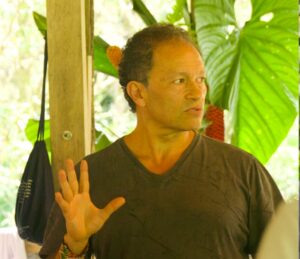
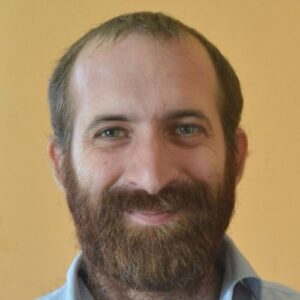
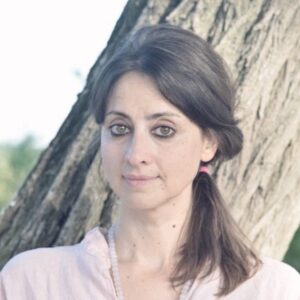

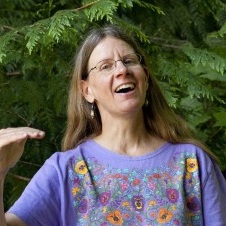 Gretchen Sleicher is a singer, songwriter and songleader who lives at the Port Townsend EcoVillage. Her original songs are largely inspired by wild nature in her Cascadia homeland. She’s worked extensively with Joanna Macy, and delights in weaving group singing and harmony-making into facilitation of the interactive group processes of the Work That Reconnects. She curates the website
Gretchen Sleicher is a singer, songwriter and songleader who lives at the Port Townsend EcoVillage. Her original songs are largely inspired by wild nature in her Cascadia homeland. She’s worked extensively with Joanna Macy, and delights in weaving group singing and harmony-making into facilitation of the interactive group processes of the Work That Reconnects. She curates the website 
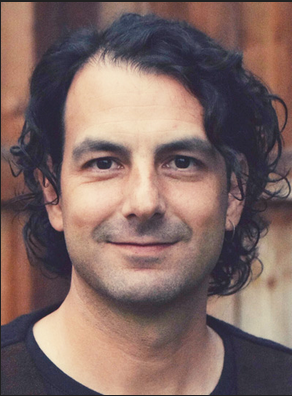
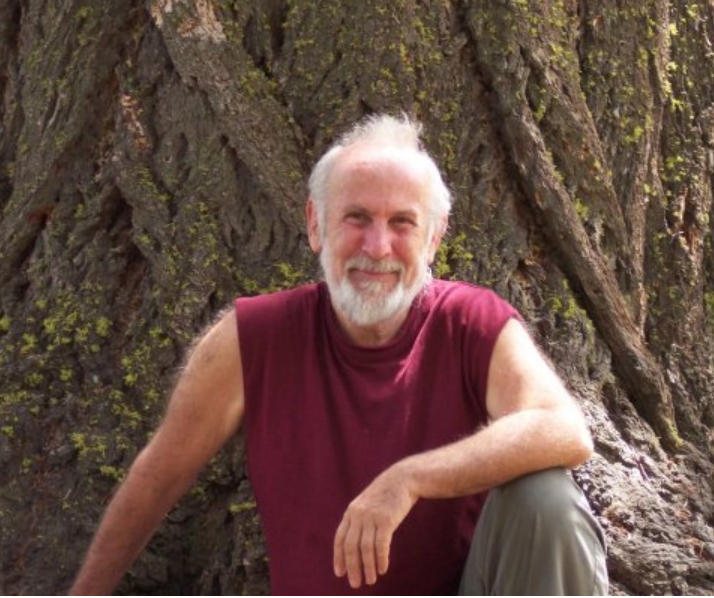
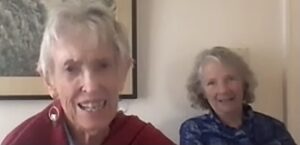
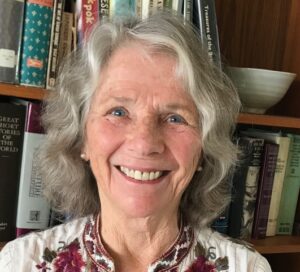 Linda Seeley has served as Vice-President and spokesperson for San Luis Obispo Mothers for Peace since 2009 and has been a member of the Diablo Canyon Decommissioning Engagement Panel since its inception in 2018. She retired from a 32-year career as a certified nurse-midwife. Mother of 3, grandmother of 3, and great-grandmother of one baby boy, she
Linda Seeley has served as Vice-President and spokesperson for San Luis Obispo Mothers for Peace since 2009 and has been a member of the Diablo Canyon Decommissioning Engagement Panel since its inception in 2018. She retired from a 32-year career as a certified nurse-midwife. Mother of 3, grandmother of 3, and great-grandmother of one baby boy, she 